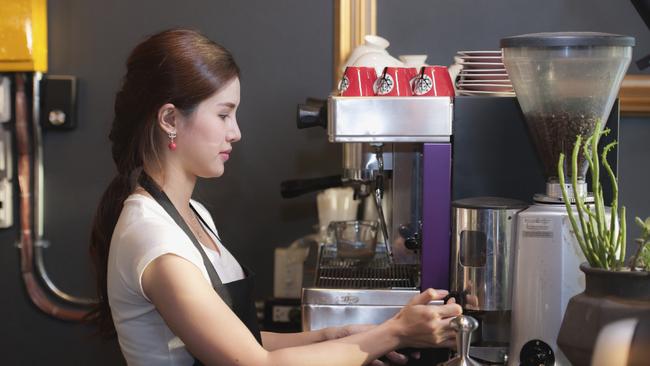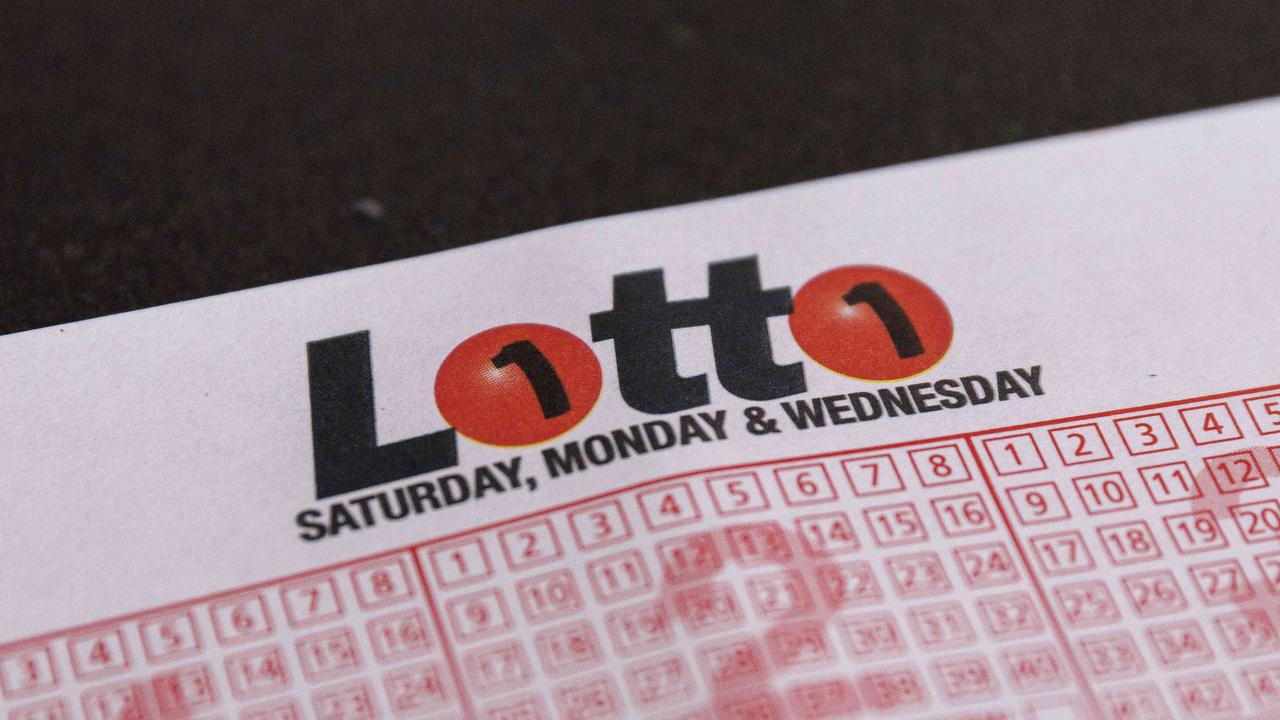Inequality: working dads more likely to have paid leave than mums
MORE than twenty per cent of working women have no access to paid leave, with employment entitlements emerging as another casualty of the widening gender pay gap.

MORE than twenty per cent of working women have no access to paid leave, with employment entitlements emerging as another casualty of the widening gender pay gap.
Data released by the Australian Bureau of Statistics reveals two working mums in ten have no access to paid leave entitlements, including annual leave, carers leave or parental leave.
That figure is double the proportion of working dads who are without access to paid leave.
In 2014, the average female wage was 87% of the average male wage https://t.co/QbmGYfykLc
— AU Bureau of Stats (@ABSStats) February 23, 2016
And the gender entitlement gap is even worse for lone parents, with a quarter of all single mums working in jobs that do not provide paid leave, according to the latest ABS gender indicator statistics.
The ABS data is set to increase pressure on business and the government to do more to address the gender pay gap, which has widened in recent years to 24 per cent or $27,000 a year, once bonuses, superannuation, and allowances are taken into account.

Lisa Conolly, the Director of Family and Community Statistics at the ABS said the disparity in entitlements likely reflects different ways men and women work, with more Australian mums working in casual positions or as consultants.
“The conditions of employment are important to people,” Ms Conolly said.
Women make up 38% of the Senate and 27% of the House of Representatives https://t.co/ByjWRO6Wcc
— AU Bureau of Stats (@ABSStats) February 23, 2016
“This is another example of some inequality, where women don’t have those leave entitlements.”
Workplace Gender Equality Agency director Libby Lyons said womens decisions to work part-time or casually, or take extended breaks from their career to look after children, has far reaching implications for their financial security.

“Regardless of gender, we need to create working environments in which caring responsibilities do not negatively impact on an employee’s career progress or financial security,” Ms Lyons said.
The ABS statistics also showed that young women were less likely to be fully engaged in work, with almost 30 per cent of women aged between 20-24 either not studying or working at all, or studying and working part time.
Do you know how to analyse the #genderpaygap in your org? Try using our pay gap toolkit https://t.co/FEo8dTGxdq pic.twitter.com/YqizzOzgjE
— WGEA (@WGEAgency) February 21, 2016



